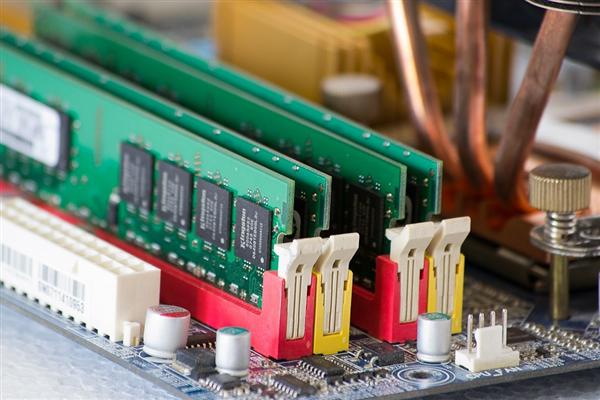In 2018 the price of memory chips remains high, unlike NAND flash from up to down. The price increase of memory in Q1 and Q2 of this year has decreased, only about 5%, while in Q3 and Q4 it is widely bearish mainly due to insufficient market demand, especially the smartphone market. Recently, Intel’s 14nm capacity shortage has been disadvantage of PC market, and then, TrendForce believes that the price of memory in Q4 will be cheaper than expected. Regarding the news that insufficient demand for memory chips may lead to price cuts, CEO Jin Qi-nan, who is responsible for memory chip and OEM in Samsung, said that there is no significant change in demand at the end of this year. He also suggested that demand for memory chips will continue to be strong in 2019, denying the possibility of the price reduction.
"There will be no major change in demand for memory chips until the Q4 quarter of this year." Jin Qi-nan, CEO of Samsung Electronics' vice president of device solutions, told reporters at a company event, according to Korean media.
When asked whether the strong demand for the memory will be over in 2019, Jin Qi-nan predicted that the market demand will remain strong next year. He said Samsung Electronics’ chip business profit in the Q2 quarter of this year reached $10.2 billion, an increase of 44% year-on-year.
Nevertheless, when Samsung denied memory demand declined, investment banks such as Goldman Sachs and Stifel Nicolaus warned that the memory chip market will deteriorate to 2019, arguing weak growth in DRAM and NAND flash, which led to the continuous decline of Micron's share price this week, a drop by 12%.
Digitimes quoted industry sources as saying that Samsung and SK Hynix are planning to postpone capacity expansion plans in response to memory and flash chip price cuts. It’s reported that Samsung suspended plan to add new capacity for 1ynm DRAM chips in Hwaseong and Pyeongtaek, South Korea, although it expected to increase 30,000 wafers per month in the Q3 quarter.
